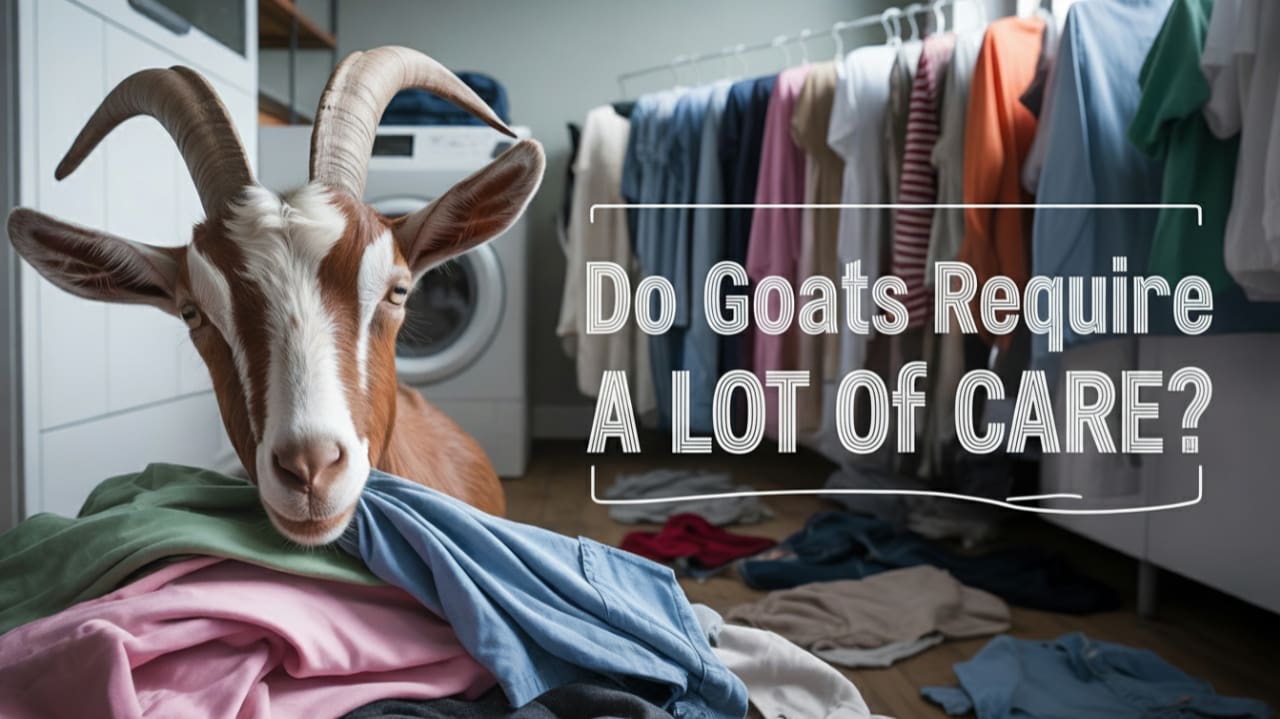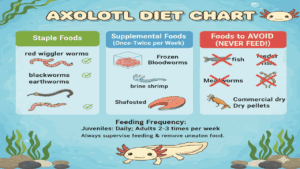Are Goats High Maintenance? Expert Guide on Costs, Care, Breeds, and Common Mistakes to Avoid
So, you’ve seen others owning goats. These creatures look so carefree, munching away on the grass in their mouths. And they seem to eat just about anything (not meat, of course). They’re practically the perfect self-caring pets, right?
Well, you might be in for a surprise. Are goats high maintenance? They can be. Unlike what you see, goats do have specific needs that you need to meet in order to let them thrive.
For example, you’ll need to provide secure fencing. And this can often cost up to 2-4 dollars per foot (Note: per foot). This is not really negotiable if you want to keep your goat from escaping. Also, you’ll need to take care of them on a daily basis, like feeding them, supplementing their diets with minerals, and taking them for health checks.
You should know that the breed you choose can affect how much work you need to do. Experts say that Nigerian Dwarfs and Pygmies tend to need less maintenance than high-producing dairy goats.
Also, try to filter out noises and common myths like “low-cost upkeep” to “minimal shelter needs.” Unless they come from an expert, such so-called “advice” may just get you more runs to the vet than you’d hoped for.
Let’s take a look at the requirements for taking care of your goat, shall we? You should try to match their needs with the right preparation, budget, and setup from day one.
At a Glance: Are Goats High Maintenance?
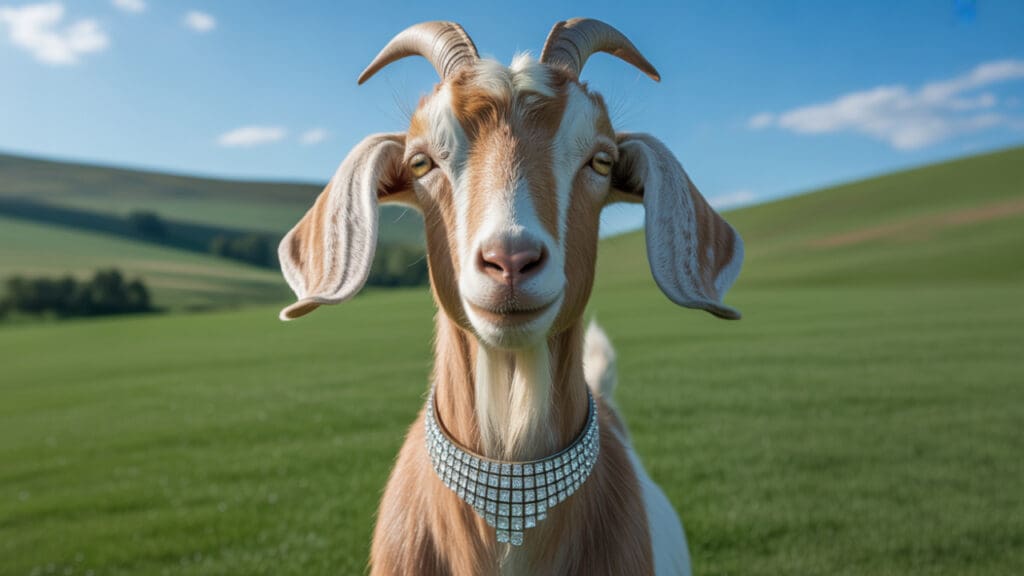
Time Commitment: 20-45 minutes per day for basic care (feeding, water, health checks). Additional 2-4 hours weekly for cleaning, hoof trimming, and maintenance.
Initial Startup Cost: $1,400 – $4,550 for quality fencing, shelter, and first goats. Infrastructure is non-negotiable.
Monthly Recurring Cost: $30 – $80 per goat for hay, grain, minerals, and bedding. Veterinary care averages $50-150 annually per goat.
Skill Level: Intermediate to Advanced. Not recommended for first-time livestock owners without mentorship.
Goats are a high-maintenance, long-term (12-15 year) commitment. Success depends 90% on your setup (fencing/shelter) and 10% on daily care.
Are Goats High Maintenance? Understanding Goat Maintenance and Care Basics
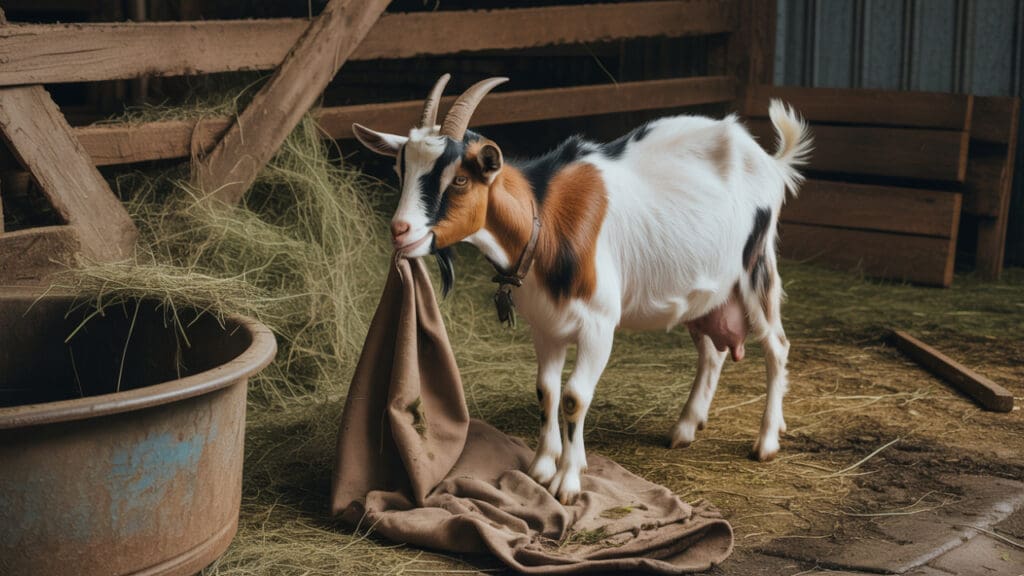
Goats are charming (or can be) and intelligent animals. But you’ll need to provide them with their unique care needs in order to keep them healthy and happy. It’s not as simple as taking them out to a field and giving them some food.
First and foremost, you should focus on housing and shelter. Your goat will need a dry, draft-free space. It should protect them from rain, wind, and extreme heat or cold. You don’t want them to develop health issues like pneumonia or hoof problems after all.
Experienced goat keepers would also tell you that ventilation is critical. Your goat needs fresh air to keep themselves from getting respiratory illness. Also, the space must be secure enough to keep predators out.
Feeding is another part of goats’ maintenance. Know that, unlike sheep or cows, your goat is a natural browser. This means they prefer shrubs, leaves, and weeds over grass. So, provide them with quality hay, clean water, and a mineral supplement. You can expect to spend about 20-50 dollars per month feeding a standard dairy goat.
There’s also the need for routine health care. You should have your goat’s hoof trimmed every 4-6 weeks. And you need to look into parasite control and vaccinations (talk to your vet).
You can attempt DIY hoof trimming if you’re good at it. Invest in quality trimmers and learn the process yourself. It can save you money in the long run. However, note that improper trimming can cause lameness, so get a professional to help you out at the start.
Things might sound difficult and tedious. And they probably are. But once you’ve established a routine, the process becomes predictable and efficient.
Are Goats High Maintenance Pets? Separating Myths from Reality
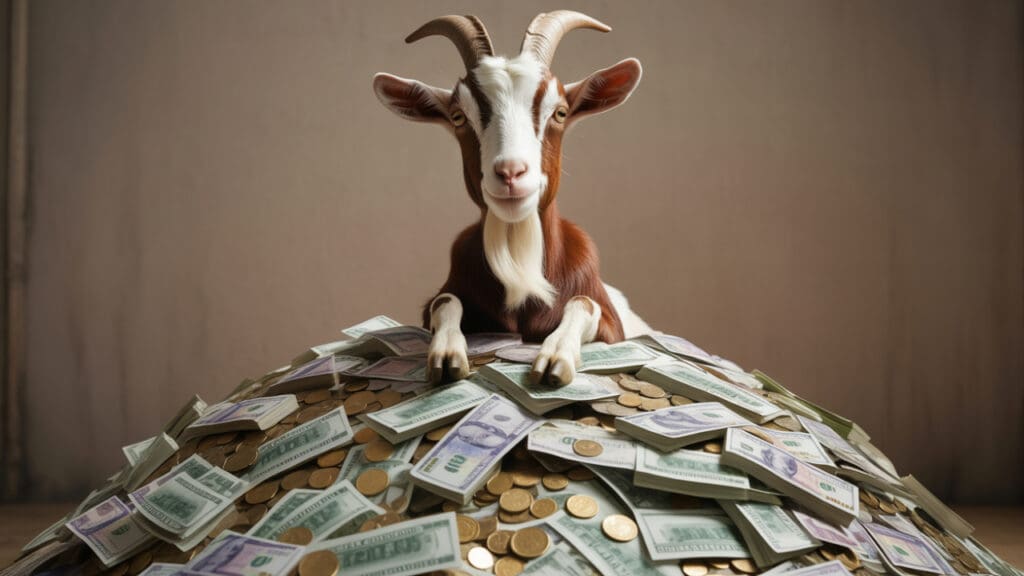
You might’ve heard people saying that goats are “easy keepers.” But some may say that keeping goats is demanding and unpredictable. So, which is it? Are goats hard to maintain, or easy? Well, the answer lies somewhere in between.
Now, let’s check out some beliefs and see if they’re actually true. You should get a clearer picture of what to expect when it comes to goat maintenance, then.
The first myth that’s quite persistent out there is that goats will “eat anything.” Not really. Your goat companion is quite selective and likes woody plants, weeds, and leaves. So, you can’t just let them out on a field full of grass and expect them to fill themself. Your pet friend also needs a balanced diet, clean water, and minerals to help prevent deficiencies.
You’ve probably heard people saying that goats are “high maintenance” in terms of cost. Well, the initial expenses for fencing, shelter, and your goat can set you back up to $1,500, depending on the breed and setup quality. You’ll also need to factor in the monthly costs of feed, bedding, and healthcare. And then there are vet visits and ongoing commitment, like hoof trimming and parasite control. So yes, it can be quite heavy on your wallet.
But know that maintenance isn’t just about money. You need vigilance. You should know that your goat is quite the intelligent escape artist. So, if your fencing and gates aren’t secure enough, you may be seeing injuries to your pet pal, or you might need to do a marathon chase every once in a while (Well, if you’re into that…).
Myth: “Goats are like outdoor dogs.”
Reality: This is a dangerous oversimplification that leads to serious welfare issues. Dogs are predators; goats are prey animals with complex herd dynamics and specific dietary needs. They cannot eat dog food, are far more susceptible to parasites and environmental stressors, and their healthcare is more specialized and often more expensive than canine care.
Myth: “If you have land, they’re inexpensive to raise.”
Reality: Land alone is insufficient. Even with pasture access, goats still require high-quality hay year-round, specialized grain, and mineral supplements. The highest costs are infrastructure (fencing, shelter) and veterinary care, which land ownership doesn’t eliminate. Proper fencing alone costs $2-4 per linear foot.
Myth: “They make great pets for young children.”
Reality: While gentle goats can interact well with supervised children, they are strong animals capable of accidentally knocking over a child. Adult goats weigh 50-300 pounds depending on breed. This is a parent-supervised animal, not a child’s sole responsibility. Proper handling requires adult strength and experience.
Are Goats Expensive to Keep? The Real Costs of Owning Goats
Let’s take a practical look at the financial side of owning a goat. You can dream all you want about getting that charming creature. But if your wallet says otherwise, you really shouldn’t force it. Budgeting is key here.
Now, let’s talk about the startup costs. First, your goat themself can cost around $100 to $500 on average. And this depends on their breed, age, and their general purpose, like whether they are meant to be food, for producing dairy, or simply to be kept as a pet.
The bigger investment is the infrastructure. You’ll need to provide your goat with a proper shelter to keep them from danger and natural hazards. And there’s also fencing, too. In total, you should be looking to spend somewhere between $500 and $2,500. If you skip these steps, treating your goat’s injuries and making repairs might cost you more in the long run.
The next thing is the ongoing costs. This is a long-term commitment, and you’ll need to feed your goat with hay, grain (if needed), minerals, and fresh water. They are not too expensive per se (about $20-$50 per month), but they can add up to your monthly budget. Also, note that costs can really climb in winter or in places with limited grazing.
There’s also bedding. You might need straw or wood shavings for this. You can expect to spend around $3-$7 per week for this (so, about $12-$28 per month). And let’s not forget that healthcare, like routine hoof trimming, parasite control, and vaccinations, can cost you at least $50-$150 per year. Emergency vet visits could easily go over $200.
Another important thing to note is breeding and kidding expenses. If you have more than one goat and you’re planning to breed, there’ll be extra costs to consider for your goat’s pregnancy. Think extra feed (more food for the baby in them), vet oversight, and possibly some extra costs for birthing complications.
Lastly, if you have a dairy goat, you’ll likely need some milking equipment to help you with the process. There’s a possibility that you’ll need a pasteurizer, too, depending on what you’re doing.
Sample First-Year Cost Breakdown for 2 Nigerian Dwarf Goats
| Expense Category | Low-End Estimate | High-End Estimate | Notes |
| One-Time Startup Costs | |||
| 2 Goats | $300 | $800 | Price varies by breed, pedigree, age |
| Fencing (small pasture) | $800 | $2,000 | Most critical investment – $2-4/linear foot |
| Shelter (basic 3-sided) | $500 | $1,500 | Must be dry and draft-free |
| Feeders & Waterers | $100 | $250 | Quality equipment prevents waste |
| Subtotal | $1,700 | $4,550 | |
| Annual Recurring Costs | |||
| Hay (grass/alfalfa mix) | $400 | $650 | $15-30/month per goat |
| Grain & Minerals | $200 | $400 | Varies by breed and production needs |
| Bedding (straw/shavings) | $150 | $300 | $12-28/month total |
| Routine Vet Care & Vaccinations | $100 | $300 | $50-150 annually per goat |
| Hoof Trimming (professional) | $120 | $240 | $10-20/trim every 6 weeks |
| Subtotal | $970 | $1,890 | |
| TOTAL (First Year) | $2,670 | $6,440 | Does not include emergency vet bills |
Are Goats High Maintenance? Daily and Seasonal Maintenance on Goats
For your and your goat’s sake, you’ll need to adopt a workable care routine and commit to it. Your daily maintenance will have to change based on the seasons.
Now, for everyday maintenance, you should start with feeding and watering. Your goat should have access to fresh and clean water all the time. You’ll also need to provide them with high-quality hay or browse.
Depending on the breed or purpose of your goat, you will need to give them grain and even supplemental materials, both carefully measured. The latter is especially important as it could help prevent urinary calculi in male goats or weak bones in kids.
Other than that, you’ll need to do some quick daily health checks on them. Check if your goat is alert and has a good appetite. Also, observe if they are moving right, normally. It only takes a few minutes to do this step, but it could really help detect early problems.
As for seasonal maintenance, you can expect it to be more intensive. In spring and summer, the environment becomes warm and damp, increasing worm loads. So, you should prioritize parasite control during these seasons. This may involve rotational grazing, fecal testing, and strategic deworming.
In autumn, you’ll need to prepare your goat for colder months. So, start repairing their shelter and check the insulation. Needless to say, you should also stock extra hay. And as for winter, your pet definitely needs extra warmth. So, look into preventing their water from freezing. And you’ll need to change their bedding to keep their shelter dry.
Now, expect different costs for each season. On average, however, your goat’s daily feed should cost about $20-$50 per month. Other seasonal expenses could add up to around $200. You can opt for some DIY options like trimming hooves yourself or building shelters from reclaimed materials. But you’ll need to be careful to do them correctly.
Are Goats High Maintenance? Factors That Influence Goat Maintenance Levels
Now, not all goats need the same detailed level of care (though most do). You’ll need to take into consideration some factors that influence goat care. If you’re looking to buy a goat at this stage, learn to identify how much maintenance your choice might need.
Breed is the first thing you need to consider. For dairy breeds like Nubians or Saanens, you will need to milk them daily. There’s also a need to provide them with quality feed to sustain production. In short, they can be more intensive in terms of time and cost.
On the other hand, hardy meat or miniature breeds (like Boer and Kiko) usually do not have as many specialized needs. They can often adapt better to different kinds of conditions. So, see what your wants are and choose wisely.
The next thing to look into is their age and health status. Naturally, a kid (young goats, please) will need extra care. You’ll need to feed them more frequently, take them for vaccinations, and monitor them for growth issues.
As for older goats, you might need to see if they need joint support and softer feed. You should also bring them for dental checks. Note that treating chronic conditions, like CAE (Caprine Arthritis Encephalitis), can cost quite a bit. So, be wary of your aged or aging goat.
The environment will also determine the level of care needed. In wet or cold climates, your goat will need a more robust shelter. And you’ll need to change the bedding frequently. As for hot climates, you need to provide shade and constant (and we mean constant) water access.
The last thing to consider is the purpose of ownership. Are you keeping a goat for breeding? Or are they for showing? Your pet might need more grooming, record keeping, and health testing, then. If your goat is just here to keep you company, basic upkeep can be sufficient.
Are Goats High Maintenance? Choosing a Low-Maintenance Goat Breed
You may be new to goat ownership at this point, so you’re picking one that requires the least amount of maintenance. Well, know that there’ll still be some level of care involved. But there are certainly some breeds that are easier to handle compared to others.
For beginners, Nigerian Dwarf goats are most likely the top choice. They are small and relatively easier to handle. These goats produce a moderate amount of quality milk, and they adapt well to different environments.
Then, there’s Pymy goats. This breed is quite hardy and generally less demanding. They can thrive on a simple diet like hay, minerals, and fresh water.
Other than that, you may find Boers to be quite suitable for beginners. Boer goats are usually raised for meat. But they are quite resilient and need less daily maintenance. That said, you’ll still need to provide secure fencing and routine health care.
Now, you should try to avoid breeds like Nubians and Alpines. These are high maintenance dairy goats that require commitment, like daily milking and specialized feeding. They aren’t exactly beginner-friendly. So, do not attempt until you’ve got a better grasp on how to maintain a comparatively easier breed.
Are Goats High Maintenance? Tips for Reducing Goat Care Workload
Yes, it does feel like taking care of your goat is a full-time job (like caring for a human baby). But with some strategies, you can actually make things a little easier on yourself, while keeping your companion healthy and happy.
Now, if you have a herd of goats to care for, then automating feeding and watering is definitely the way to go to reduce workload. Automated waters can help make sure that your goats always have access to fresh and clean water, even when you’re busy. Similarly, hay feeders help you save time on refilling and cleaning. And they can limit waste, too. These upgrades could cost between $100 and $300 upfront.
Another way to save time is to design a low-maintenance shelter and fencing. Imagine your goat’s shelter having easy-access doors, removable bedding trays, and proper drainage cuts. Your life would be so much easier during cleaning time. For fencing, make sure that the materials are high quality and predator-proof.
Besides that, you can group routine tasks to maximize efficiency. For instance, do the weekly hoof check and replenish your goat’s mineral needs around the same time. Be a little more observant during this period, and that could double as a quick health assessment.
Lastly, and this should come before you make your purchase, think of the breed choice and herd size. Consider your budget. Larger, more demanding breeds usually need more time and resources on your part. Smaller, hardier goats usually don’t get sick as often, and the feed bills are lower, too.
Informational FAQs on Goat Maintenance and Care
You probably still have some lingering curiosity regarding goat ownership. After all, these animals are intelligent and social. You wouldn’t want to mistreat them. Let’s have a look at some of the most commonly asked questions surrounding this topic to give you better insight.
1. What are the downsides of goats?
If we’re talking about keeping them, then you should know that goats can be quite the escape artists. They can damage fences or gardens. And they need ongoing health care. Know that their curiosity and energy can lead to trouble if you don’t properly contain them.
2. How many goats should a beginner start with?
It’s best to start with two at a minimum. Goats are herd animals, and they can become stressed out, lonely, or even ill if you keep them alone.
3. What is the most low maintenance goat?
You might want to look into Nigerian Dwarf goats. This breed is often recommended for beginners. They’re small, hardy, and adaptable to different environments.
4. How high maintenance are goats compared to other farm animals?
In general, they can be quite high maintenance. You’ll need to watch out for the need for fencing, parasite control, and shelter needs. That said, goats usually require less feed and space compared to cattle.
5. How much daily care do goats need?
Needless to say, you’ll need to feed them and provide fresh water every day. You’ll also have to do quick health checks. Other than daily care, you should do periodic hoof trimming and parasite management.
6. Do goats need special housing?
Yes, they do need a dry, draft-free shelter. Make sure that there’s enough ventilation and security from predators.
7. Can goats live alone?
No. It’s not a good idea to keep your goat alone. Social isolation can cause stress and could lead to behavioral issues or illness.
8. What kind of maintenance do goats need throughout the year?
There are a number of tasks you need to do based on the season. Some of these include vaccinations, deworming, breeding management, and shelter upkeep.
9. Why do goats need strong fencing?
If your fencing is not secure enough, your goats are likely going to escape. A weak shelter is also an invitation for predators. You don’t want to be dealing with literal losses.
10. Do goats really eat everything?
No. They’re selective browsers. And they prefer shrubs, weeds, and leaves. But they may sometimes nibble on unfamiliar objects out of curiosity.
Are Goats High Maintenance After All?
So, in the end, are goats high maintenance? Well, they aren’t exactly “hard to maintain” inherently. You just need to be informed and provide consistent care that matches their natural behaviors and needs.
Remember, invest in strong fencing and choose the right breed for yourself. Consider the upfront costs, along with the long-term commitment. These things will ultimately contribute to the level of maintenance you need to put in.
You should now have a good idea of the hidden costs and common pitfalls involved. You’ve also been exposed to some expert strategies that can make upkeep predictable and affordable. So, with the right setup, you might only need about 20 minutes to complete the daily chores. And seasonal tasks can become routine.
Apply these insights, and proceed confidently. You’re well on your way to having a rewarding life with your goat companions.
What’s the one thing you wish you knew before getting your first goat? Let us know in the comments down below!

